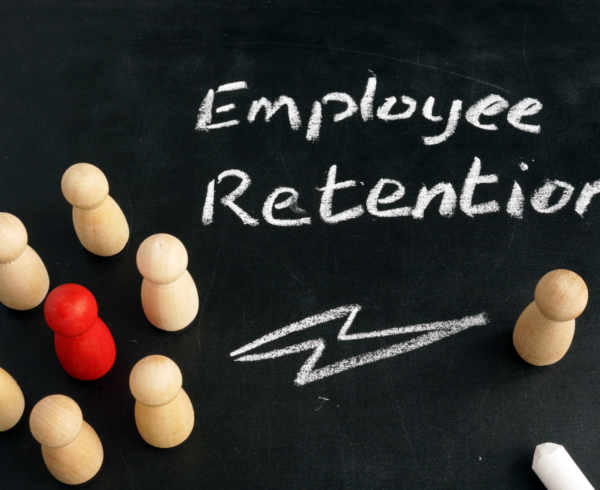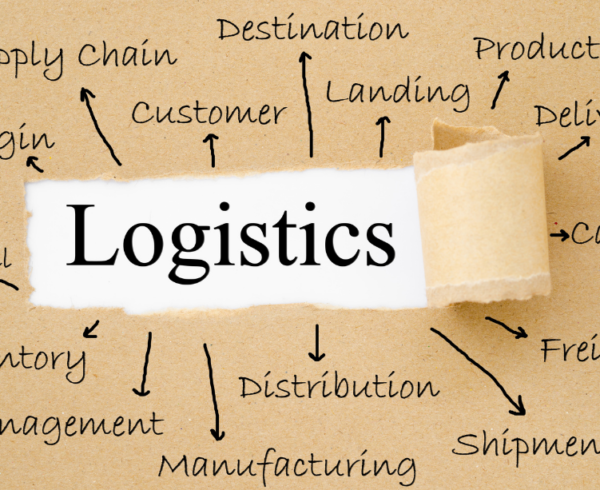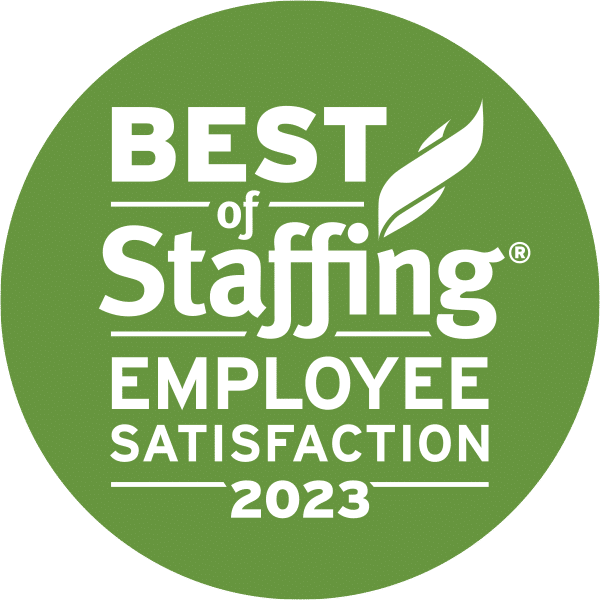When the country went into lockdown in late March, millions of Americans retreated to their homes. Some set up home offices, while others were furloughed or laid off. The unemployment rate skyrocketed, as did Netflix binging. Since then, we’ve learned a great deal about the virus and how to protect the most vulnerable among us. Our economy has opened up, and many people have returned to work. Even the best streaming options have lost a bit of their luster, yet many employers report difficulty attracting job candidates. What is holding people back? Why isn’t every job filled immediately? Ask a recruiter and you will likely hear that candidates have lots of questions ¾ from health concerns to childcare challenges to skills issues and more. The biggest question, however, comes with dollar signs attached. What does that mean for employers? Competing with other businesses for good workers is nothing new. Competing with the government, which has made it easier to opt out of traditional employment, is a new and daunting challenge for employers anxious to build up their workforce as customer demand rises.
Unemployment benefits during COVID-19
When so many Americans lost their jobs due to the coronavirus pandemic, the federal government stepped in, supplementing state unemployment insurance with an extra $600 per week. State benefits typically range from $200 to $550 a week, on average. That being the case, the combined state and federal payments were meant to replace approximately 70% of a person’s average weekly pay. In reality, many lower-paid workers were pleasantly surprised to discover they were suddenly making more money staying at home than they would at work.
That all changed when the federal supplement ended on July 31st. With federal legislators stalled over the content of the next stimulus bill, the President authorized an interim measure: a $400 per week payment to anyone still unemployed through year-end.
While this new program offers a lower supplemental payment, it is still extremely helpful to families struggling to make ends meet. This financial lifeline has unintended consequences, however, as some workers are reluctant to return to work after being furloughed. Some think it is safer to remain home. Others cite legitimate concerns about how to balance work outside the home with limited childcare options and distance learning demands. Some simply find it easier to stay home. Concerns like these multiply the challenges faced by employers struggling to find workers and meet production demands in one of the toughest years the economy has ever experienced.
What can employers do?
The concept of ‘business as usual’ went out the window with the arrival of the pandemic. Not only have many businesses reconfigured where, when and how work gets done, they have had to think more creatively about what it takes to entice people back to work. For example:
- Offer part-time and flexible schedules
- Consider staggered start times throughout the day
- Allow employees to swap shifts
- Provide childcare options and resources
- Offer positive support and engagement of working parents
- Increase pay rates
Many companies, including Target, Amazon, Walmart, Home Depot and Pepsi, have introduced special incentives and strategies to entice people back into the workplace. Chief among those strategies is higher pay. In fact, Walmart reported that it has distributed $1.1 billion in bonus payouts, created an emergency leave policy, adjusted store hours and taken numerous safety measures to support employees and ensure its ability to continue to serve customers.
Never discount the power of pay
Compensation is a powerful incentive, not only to attract job candidates but to drive retention within your current workforce. According to the U.S. Bureau of Labor Statistics, more people quit their jobs last year than at any other time since it had started recording quit rates. The primary reason for making a job switch was overwhelmingly money. As a general rule, the lower the pay rate, the greater the pressure on employers to match market rates, at a minimum. Given that so many workers believe the fastest route to higher pay is to change jobs, even the most limited wage gains available from a competitor can pose a continual threat to other employers.
When the competition is the government, businesses must get creative in offering a more attractive alternative to continued couch surfing. Despite all the efforts employers have made over the last decade to improve company culture, enhance their employer value proposition and introduce lots of cool perks to the workplace, nothing can beat the attractiveness of a higher starting salary.
For those contemplating a return to work, consider this: unemployment insurance, boosted by a federal supplement, can temporarily cushion the blow of a pandemic layoff, but jumping back into the workplace will deliver more financial security over the long term. Getting back to work has other advantages as well. It can boost your confidence and improve your outlook at a time when a positive attitude is absolutely essential to ensuring good mental, physical and emotional health.
These are difficult times for all of us and hiring talent is an even greater challenge. There is no rulebook for how a business can survive, let alone thrive under these unusual circumstances. As a business leader, adaptability and creativity are key to finding and keeping the talent needed to move your business forward. Malone Workforce Solutions is an innovative partner that can help you combat recruiting challenges. Contact us today to explore ways we can help.





















